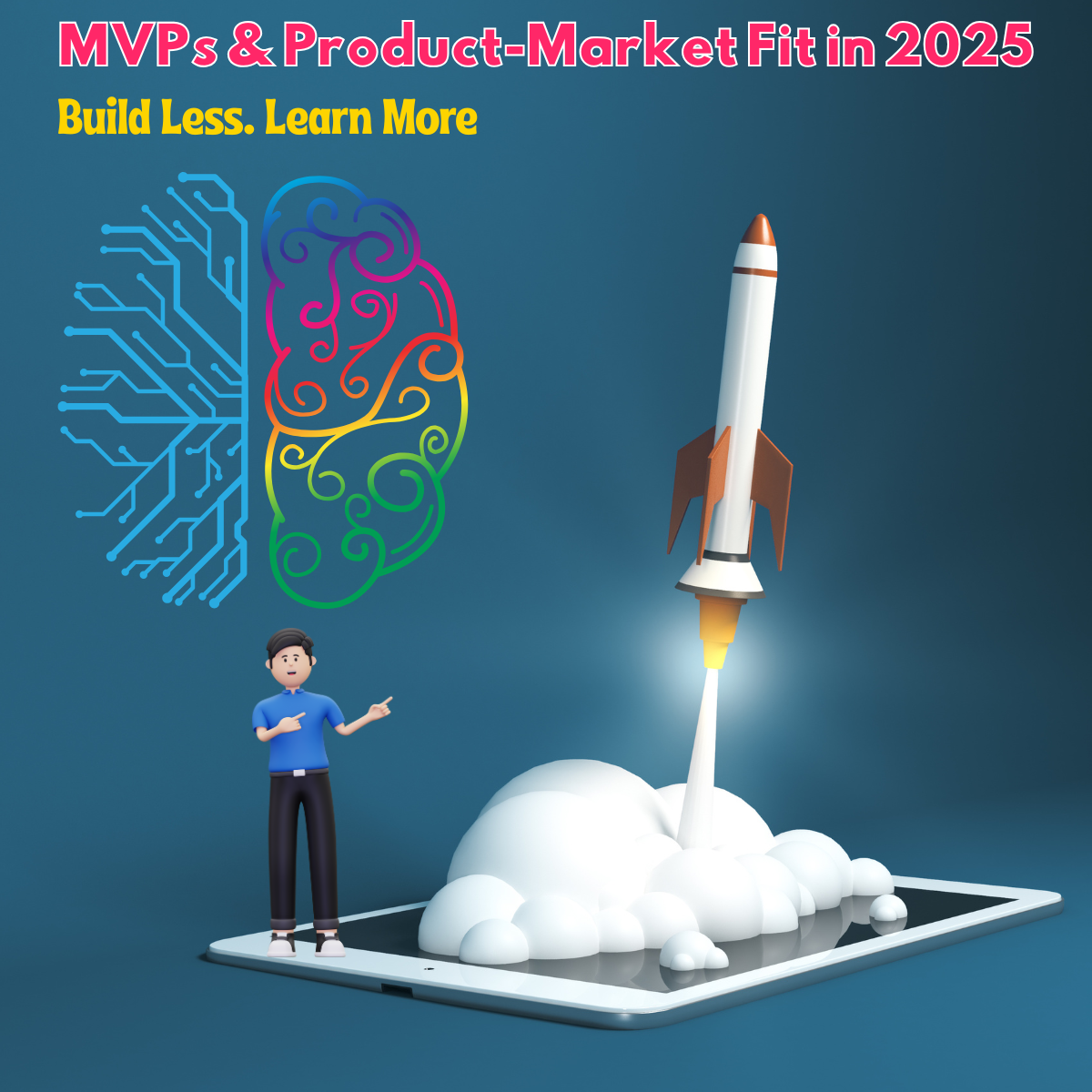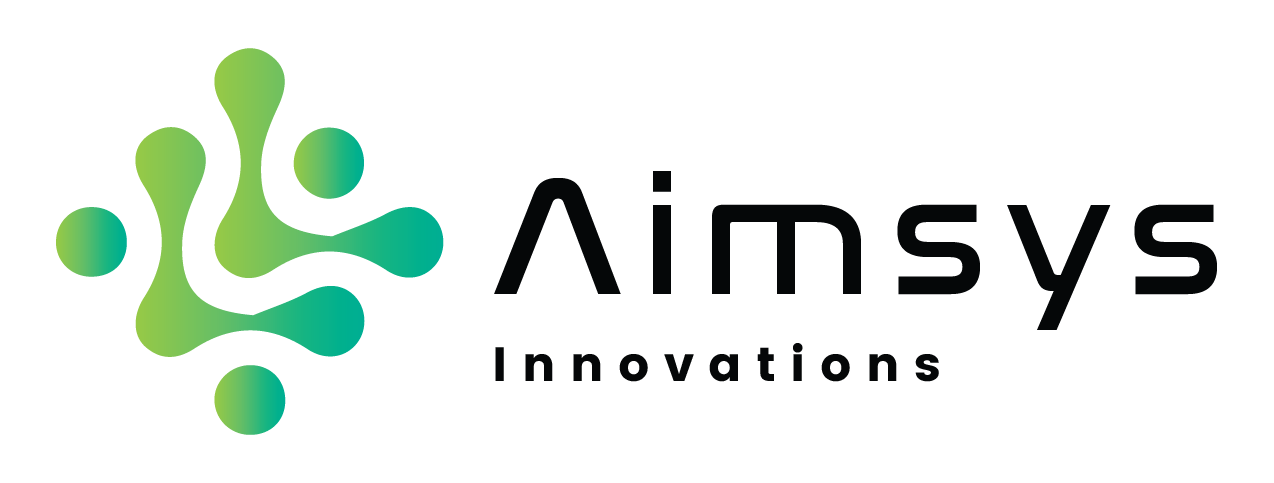Posted At: Aug 12, 2025 - 457 Views

MVPs and Product-Market Fit: A 2025 Playbook for Founders
In 2025, building a startup is faster, leaner, and more competitive than ever. AI is democratizing development, no-code platforms are everywhere, and capital efficiency has replaced the “growth at all costs” mentality. Amidst this shift, two age-old startup concepts have become even more vital—and more misunderstood: Minimum Viable Products (MVPs) and Product-Market Fit (PMF).
This guide is your modern playbook for navigating MVPs and achieving PMF in 2025. Whether you're a first-time founder or a serial entrepreneur, these strategies will help you build smarter, launch faster, and validate effectively.
🔍 What Has Changed in 2025?
Let’s quickly define the context:
- AI + No-Code: Tools like GPT-4.5, Bubble, and Make enable MVPs to be built in days, not months.
- Customer Expectations: Users expect delightful, seamless experiences—even in early versions.
- Macro Climate: Investors favor capital-efficient startups with validated traction.
- Data Accessibility: Founders can access real-time user data, feedback, and behavior analytics from Day 1.
🧱 MVP in 2025: Not Just “Minimum”, But “Valuable”
❓ What is an MVP?
A Minimum Viable Product (MVP) is the simplest version of your product that delivers core value to early adopters and helps you learn about your market with minimal development.
💡 In 2025, the MVP is more about validation than shipping a skeleton.
✅ What an MVP Is:
- A prototype that solves a specific pain point
- A concierge service (manual backend, real UX)
- A Notion doc + Stripe button + ChatGPT API
- A WhatsApp-based chatbot instead of an app
❌ What an MVP Is Not:
- A featureless app waiting for users to “get it”
- A flashy interface with no real value
- A lengthy build that delays feedback
🔧 MVP Best Practices (2025 Edition)
- Use AI for Speed: Use GPT to generate landing pages, onboarding flows, and FAQs.
- Build on No-Code: Use Bubble, Glide, or Typedream to prototype faster.
- Start with a Community: Build in public on X (Twitter), Substack, or Discord for instant feedback.
- Prioritize Learning Goals: Each MVP should answer a question, like:
- Will users pay for this?
- Is this problem real enough to drive action?
- Which segment engages most?
🚀 Finding Product-Market Fit in 2025
💬 What is Product-Market Fit (PMF)?
Marc Andreessen famously said:
“Product-market fit means being in a good market with a product that can satisfy that market.”
In 2025, it’s more dynamic. It means:
- Users actively use your product without being reminded.
- They refer others—organically.
- You can’t ship fast enough to meet demand.
- Churn is low, NPS is high, and usage is growing.
📊 Modern PMF Signals (Quantitative + Qualitative)
Metric | Benchmarks |
Retention | 30%+ Day 30 retention (consumer), 60%+ for SaaS |
NPS | 40+ is great; 60+ is viral |
Conversion | 20–30% free-to-paid (SaaS); 3–8% (ecomm) |
Organic Growth | >50% of new users from word of mouth |
📈 Bonus: Use tools like Mixpanel, June.so, or Amplitude to track usage patterns.
🧭 The 4-Step PMF Framework
- Nail the Problem
- Talk to 20+ users before writing a line of code.
- Use tools like ChatGPT to simulate user personas and refine problem statements.
- Build to Learn, Not to Scale
- Choose a beachhead market.
- Focus on one job-to-be-done (JTBD).
- Build thin slices, not full features.
- Measure Obsessively
- Track engagement before vanity metrics like downloads.
- Use waitlists, surveys, and “How disappointed would you be?” tests.
- Iterate Ruthlessly
- Kill features no one uses.
- Pivot fast if users don’t care.
- Use AI for rapid prototyping of new ideas.
🛠️ 2025 Tools for MVPs & PMF
Function | Recommended Tools |
MVP Build | Bubble, Softr, Retool, Webflow |
AI Co-Pilot | ChatGPT, Claude, Jasper |
Analytics | Mixpanel, June.so, PostHog |
Feedback | Typeform, Loom, Useberry |
CRM & Waitlist | HubSpot, Mailchimp, Beehiv, Tally |
Onboarding | Userflow, Appcues, Chameleon |
Community | Discord, Slack, Circle |
⚠️ Common Pitfalls to Avoid
- Overbuilding before testing. Build less, validate more.
- Ignoring distribution. PMF is 50% product, 50% go-to-market.
- Chasing trends without traction. AI + Web3 + XYZ ≠ PMF without users.
- Mistaking enthusiasm for engagement. “Cool idea” ≠ “Real need.”
🧠 Founder Takeaways
- Your MVP is your learning engine. Don’t aim for perfect—aim for insight.
- PMF is not a moment—it’s a momentum. It’s a signal you’re on the right track, not the finish line.
- Speed is leverage in 2025. Use AI, no-code, and async teams to move faster than competitors.
- Listen deeply, iterate often. Users will tell you what to build—if you ask right.
In 2025, founders have unprecedented access to tools, talent, and technology. But the fundamentals remain: solve a real problem, serve a real user, and validate quickly. MVPs and product-market fit are still the heartbeat of every great startup—only now, you can get there faster and smarter.
So go build. But more importantly go learn.
